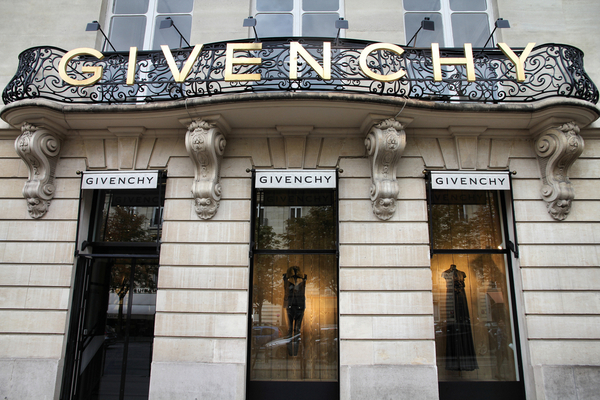WWD broke the news last Friday that French house Givenchy confirmed that Renaud de Lesquen, currently president and chief executive officer of Dior Americas, will be joining on April 1st as president and CEO.
Renaud de Lesquen has a unique profile in the luxury industry, starting with graduating in 1991 from the prestigious École supérieure de commerce de Paris. De Lesquen brings together a second to none experience in strategic developments of beauty and fragrances – over 10 years at L’Oreal Luxury- as well as the consolidation of an elaborate house like Dior in equally complex markets like USA and China.
Over time, De Lesquen has made it his purpose to identify beauty and fragrances as culturally unifying products in a challenging global environment where fabled houses like Dior, had to adapt to a demand for more casual yet refined offering in apparel. These houses have had to be available through several touchpoints yet exclusive and iconic, blending in the diverse offering, maintaining the fluidity of an ongoing conversation with a capricious clientele that perceives brands as communities and rejects the idea of the austere institution.
Hubert de Givenchy already understood in 1952, when he founded his Maison, that couture should have not dropped its uniqueness but should have been open to a younger audience. The credo of the founder has been reinterpreted over time with bold creative choices, and today Givenchy is poised to become a global megabrand, as strategically set by Philippe Fortunato, the outgoing CEO who appointed Clare Waight Keller as creative director in 2017. Under Fortunato’s tenure, Givenchy enjoyed a steady consolidation of the product offering while seeing the strengthening the directly operated stores, including a more robust presence online. Still, Givenchy remains a minor contributor to the bottom line of LVMH, with estimated revenue of 500million euros (LVMH does NOT disclose figures by brand but only by strategic unit).
This is the perfect launchpad for De Lesquen who will, however, face some strategic hurdles. First of all, he will have to face the consolidation of the leather goods offering both for women and men – capitalising on Waight Keller’s experience in creating iconic pieces, integrating the menswear offering with the current aesthetics of the house, avoiding the sense of separation that currently seem to be dominant in the apparel offering. Fluidity will be the key. Apparel is gaining traction in the luxury sector, with global sales reaching €64 billion in 2019, as recently reported in the annual Bain report on the industry. Therefore, relaunching the couture operations with a modern yet relevant and steady approach, creating a formula that takes cues from Dior’s tradition as well as looks at a more modern approach, as Hedi Slimane is doing at Celine, will be essential.
This will have a double positive effect – amplifying brand’s kudos through visibility and as well as attracting some of the most exceptional clients, also crucial for storytelling. Finally, de Lesquen might want to reactivate the fragrance and beauty operations by utilising his unique know-how of an industry that is worth billions globally, and that has seen an unprecedented dynamism. 65% of sales are today coming from a premium offering. Givenchy lacks that premium offering; thus, this is the perfect storm for Givenchy’s renaissance.
—
Photo Credit: Tupungato / Shutterstock.com
